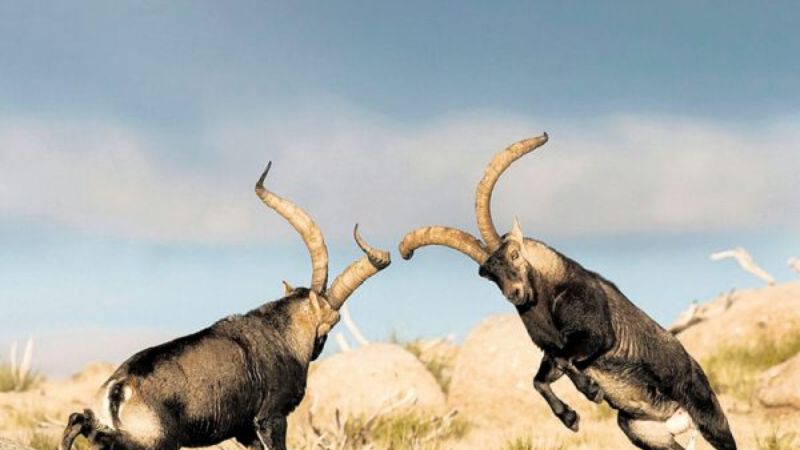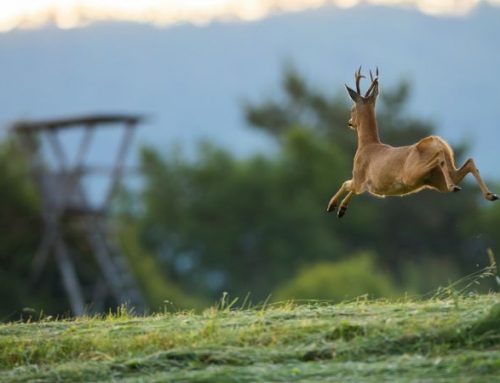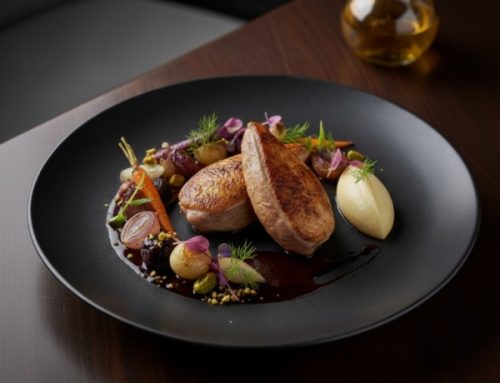Not too far from Italy, with its warmth and unique flavors, Spain is the perfect destination to combine hunting activities with some tourism.
The crown jewel of hunting in the Iberian land is undoubtedly the hunt for the Macho Montes, the Spanish ibex that inhabits the mountain ranges of Spain.
Among rivers of rosemary and thyme, on the white rocks of the Spanish sierras, hunting the Macho Montes becomes a must for every big game hunter.
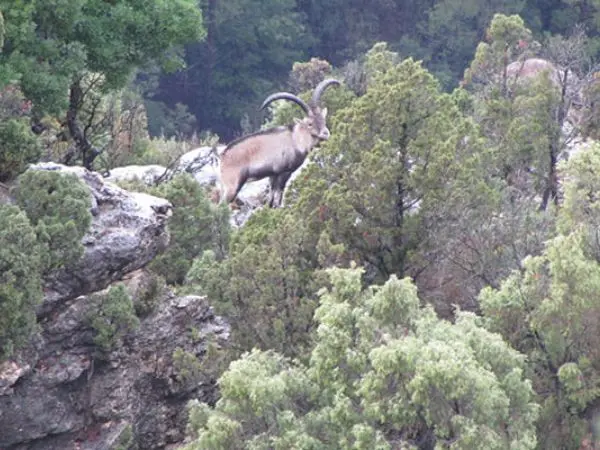
The mountainous hunting terrain is certainly less rugged and harsh compared to the Italian Alps, but it still allows for breathtaking approaches that make this mountain hunt a true challenge.
These animals are considered the most prized of the Iberian fauna, and four species are recognized, differing from each other in the shape and size of the trophy.
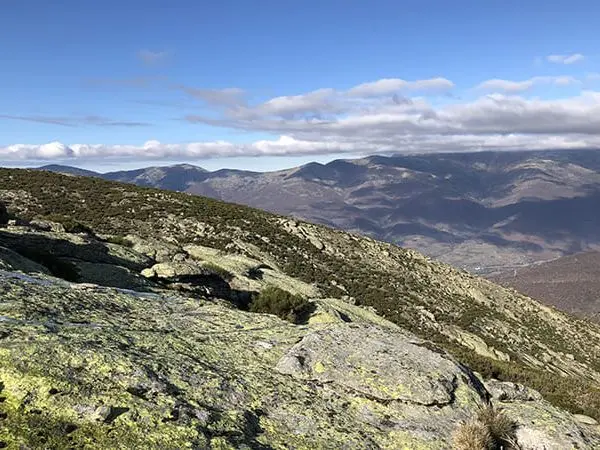
Hunting the Macho Montes
From the majestic peaks of Gredos to the snow-kissed Sierra Nevada, from the romantic cliffs of Ronda to the serene highlands nestled between Valencia and Barcelona, the Spanish ibex becomes both a challenge and a coveted treasure. This noble creature, the Macho Montes, lures hunters into an intricate dance of pursuit and admiration.
In the golden embrace of autumn, the males, with their striking black chests and beards, stand in stark contrast against the sunlit rocks. Their regal presence commands the landscape, while the females, gathered in graceful herds, encircle their chosen monarch, creating a living tapestry of natural splendor.
The Spanish ibex, a creature of profound suspicion and elusive cunning, revels in the sun’s warm embrace. This affection for sunlight makes it more visible on clear, bright days. Yet, even when the rare rains drape these lands in a gentle veil, the diligent hunter, with unwavering gaze scanning the valley floor, may be graced with the sight of the Macho Montes’ magnificent, spiraled horns—a testament to nature’s grandeur.
Perched upon the rugged yet tender heights, the horizon unveils a vista where the sea tenderly kisses the Ebro Delta. The salty tang of the air invigorates the spirit, sharpening the senses for the hunt. Here, amidst the whispering breezes and the symphony of nature, the pursuit of the Macho Montes becomes a poetic odyssey, a journey of passion and reverence, where every moment is steeped in the romance of the wild.
Beceite, Gredos, Ronda, Sierra Nevada
The Macho Montes, with its robust physique, is a powerful animal characterized by large horns, a dark brown coat with ochre and rust spots, and short, strong legs to navigate the rocky terrain typical of the area.
Among the white rocks scented by the sea, four different species can be identified, each varying in the shape, configuration of the horns, and the size of the trophy: Beceite, Gredos, Ronda, and Sierra Nevada.
To the north, between Valencia and Barcelona, the Beceite ibex dominates the valleys in areas historically marked by the Spanish Civil War.
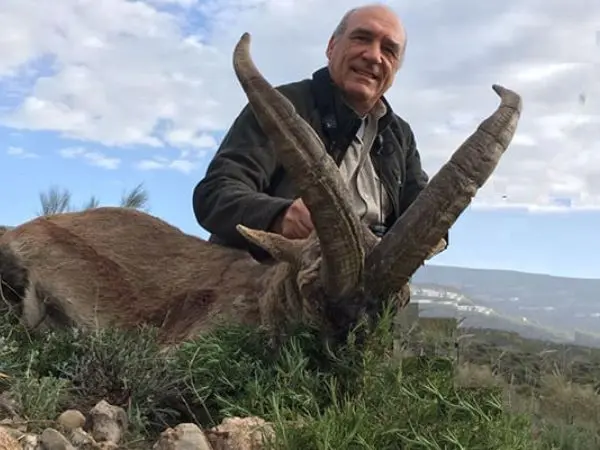
On the Sierra de Gredos, not far from Madrid, you can find the most majestic of the Macho Montes, the Gredos.
Recognizable by its darker coat and S-shaped horns, it can be spotted on the steep cliffs and among the bushes of the highlands that slope down towards Extremadura.
Further south, where the Mediterranean scents mingle with the fragrances of Africa, you can find the smaller species: the Ronda and the Sierra Nevada.
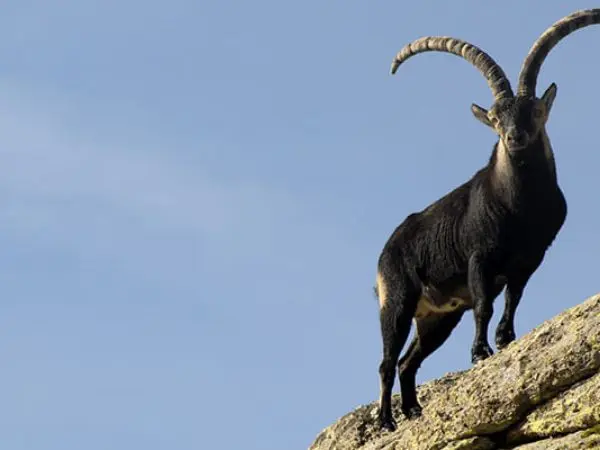
Slightly different from each other but both tough and elusive, they challenge hunters on rocky gullies and among bushes where flocks of Spanish “red” partridges take flight in the brisk southern wind.
No matter which species you choose to hunt, the sparse brush, the scents of thyme and rosemary, and the rocks imbued with the smell of salt will make the hunting experience even more rewarding.**
Paolo and Maria’s Story
The hunting trip for the Macho Montes in Spain was a unique experience for Maria and Paolo. A few years ago, they traveled to Spain and after their stay, they decided to share their experience with us.
Both were extremely satisfied with the warmth of the Spaniards and the expertise of their professional hunters (P.H.).
Maria says: “I really appreciated the hospitality of my guide Alfonso, who combined the required professionalism (observation, searching for game, traveling on foot) with a natural communicative charm.”
Paolo, on the other hand, states: “Oscar proved to be very empathetic, passionate, and a great connoisseur of mountain hunting, the hunting grounds, and the habits of the Macho Montes. Always friendly and accommodating, he catered to us at every moment, always proposing the best solution. Truly an excellent hunting companion.”
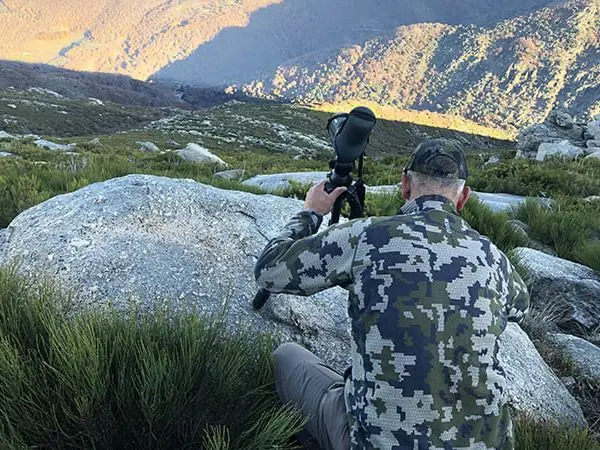
Both Maria and Paolo had a successful hunt and can’t wait to return to the warm embrace of Spain.
“In anticipation of the trophy, with a bit of nostalgia, I flip through the photos I took with the illusion of still being there among the thorn bushes and rosemary, swept by the wind and the passage of animals.”
These are the words with which Maria thanks us for helping to make her dream come true.
For Paolo, “The hunt took place in wonderful locations and concluded on the very first day with the harvesting of a beautiful Macho Montes specimen. An unparalleled experience, both for the hunting grounds and the game. The Macho Montes is truly a magnificent animal, and the pleasant sensation of fully sharing this passion with people you don’t know made this hunting experience even more fulfilling.
It’s truly incredible how hunting makes everyone equal on an emotional level, even in the presence of different cultures, places, and ages.”

In pursuit of these cunning goats, whether they boast trophies of great size or are just representative, makes this hunt unforgettable, in a romantic setting surrounded by great beauty, artistic monuments, and fine cuisine.
What are you waiting for? Let yourself be enveloped by the intoxicating aroma of thyme and rosemary that will accompany you during your Ibex hunting stay.
FAQs – Spanish Ibex Hunting (Macho Montes)
What is the Spanish Ibex, also known as the Macho Montes?
The Spanish Ibex, or Capra pyrenaica, is a majestic wild goat native to the rugged mountain ranges of Spain. Recognized for its impressive curved horns, especially in males (called Macho Montes), it’s a prized trophy for mountain hunters. Their elegance, agility, and the breathtaking landscapes they inhabit make the pursuit not just a hunt, but a true mountain adventure.
Where can I hunt the Spanish Ibex?
Spain is home to four subspecies of Ibex, each living in distinct regions:
- Gredos Ibex – Central Spain (Sierra de Gredos)
- Beceite Ibex – Northeastern Spain (Valencia, Aragon)
- Southeastern Ibex – Sierra Nevada and coastal ranges
- Ronda Ibex – Andalusia (Málaga, Ronda Mountains)
Each area offers a unique terrain, from rocky alpine slopes to Mediterranean cliffs, and different horn shapes, making it a dream for collectors and mountain hunting lovers alike.
When is the best time to hunt the Macho Montes?
The prime hunting season for Spanish Ibex runs from October through May, with November to January being the best months for mature trophy males. This period also coincides with the rut, when males are more active and visible, offering intense stalking opportunities and dramatic scenes in the wild.
What is the hunting style for Spanish Ibex?
Hunting the Macho Montes is a classic spot-and-stalk experience. You’ll glass from ridges, identify trophy-quality males, and then begin a calculated, quiet approach. Be prepared for long hikes, challenging climbs, and sudden weather shifts—this is true mountain hunting, where patience and fitness matter as much as marksmanship.
What equipment is recommended for this hunt?
You’ll want a flat-shooting rifle in the .270 to .300 caliber range, good optics (binoculars + spotting scope), breathable but warm mountain clothing, and reliable boots. Elevation can vary from 1000m to over 2500m depending on the region, so gear for altitude and sudden weather changes is a must. A shooting stick is also highly recommended.
Is a hunting license required in Spain?
Yes, international hunters need both a regional Spanish hunting license and insurance. But don’t worry—experienced outfitters like Montefeltro handle all the paperwork for you, including rifle import permits and CITES documentation if you’re bringing your trophy back home.
How is the Ibex trophy measured?
Trophies are scored by the length and circumference of the horns, taking into account symmetry and age. Spanish Ibex are classified into bronze, silver, and gold medal categories according to CIC scoring. A mature Macho Montes can have horns measuring over 80 cm, with some exceptional specimens exceeding 90 cm.
How difficult is the terrain in Ibex hunting areas?
Expect a physically demanding hunt in rocky, mountainous terrain. Elevation, steep slopes, and unpredictable winds make the experience both challenging and rewarding. That said, outfitters can often adjust the level of difficulty to your fitness, there are accessible spots for less mobile hunters as well.
What kind of accommodations can I expect?
Spain offers a wide range of high-quality lodging, from rustic mountain lodges near the hunting grounds to elegant rural hotels or private estates with gourmet cuisine. Many hunts are paired with cultural experiences, wine tastings, historic village tours, or even a visit to a local bullring or Andalusian horse ranch.
Can I combine Ibex hunting with other species?
Yes! Spain is one of the few countries where you can combine a multi-species hunt in the same trip. In addition to the different Ibex subspecies, you might also pursue red deer, fallow deer, wild boar, or even chamois in northern regions. Some packages include driven partridge shoots or monterías for a truly Spanish sporting experience.
Is Ibex hunting sustainable in Spain?
Absolutely. Spanish Ibex populations are well-managed under strict quotas, regulated seasons, and close monitoring by game authorities. Ethical outfitters work hand-in-hand with conservation agencies to ensure the long-term health of the species and their habitats, while supporting rural communities economically.
How do I get to the hunting areas in Spain?
Most hunters fly into Madrid, Valencia, Málaga, or Barcelona, depending on the region and Ibex subspecies. From there, transfers are usually arranged by the outfitter, often within a 1 to 4-hour drive to the hunting area. Roads are excellent, and most estates are accessible year-round.
What should I pack for a Spanish Ibex hunt?
Here’s a quick checklist:
- Layered, breathable mountain clothing (October to March can be cold)
- Waterproof boots with strong ankle support
- Binoculars and a spotting scope (if bringing your own)
- Flat-shooting rifle (or arrange one locally)
- Rangefinder and shooting stick
- Backpack with hydration system
- Passport and paperwork (the outfitter will assist)
Can I bring a companion or non-hunting guest?
Yes! Non-hunters are welcome and often enjoy Spain’s rich culture, think local cuisine, art, architecture, and wine. Many estates offer spa facilities, cooking classes, or sightseeing tours, making it an ideal destination for couples or families.
Why hunt the Spanish Ibex with Montefeltro?
Because with Montefeltro, it’s never just a hunt, it’s an immersion in Spanish tradition, nature, and elegance. You’ll be guided by experts who know the terrain like the back of their hand, stay in handpicked accommodations, and experience the kind of precision, professionalism, and passion that only comes with decades of experience.

